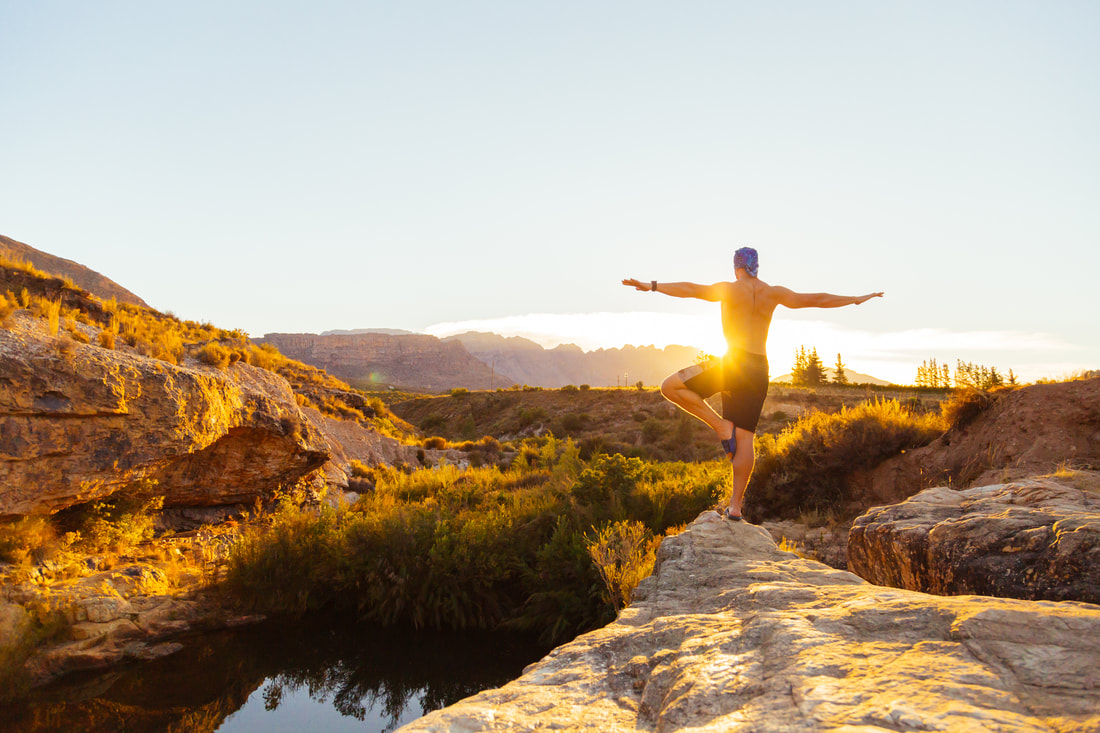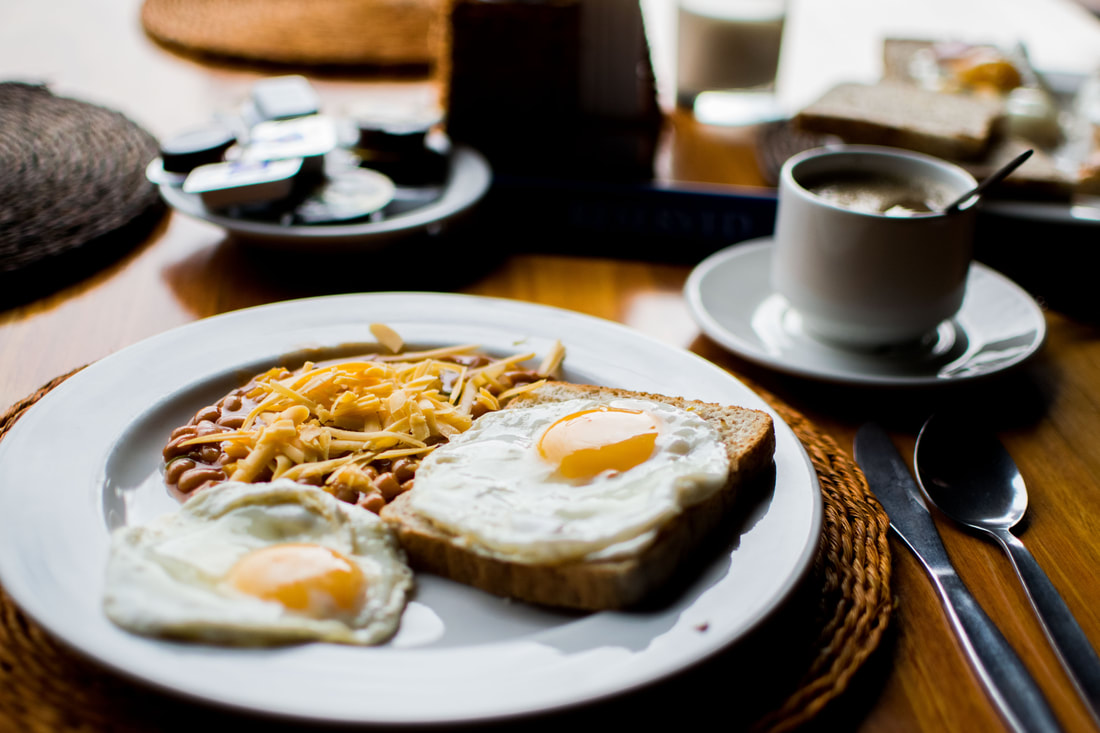|
10 Tips To Stay Healthy, Sharp & Strong
1. The Plan I am a firm believer that exercise is a powerful instrument that greatly influences your aptitude to be completely healthy. Let me ask you: "Have you made the commitment to work out, but you’re just not sure where to start?" Does that sound like you? If so, I can help you. Let's connect and we'll work on a simple 8 week program can get you going. It will be tailored to your needs, your circumstances, your life. Nothing cookie-cutter here. Everybody is different and has different needs. I'll show you the ins-and-outs of a customized workout routine that fits your schedule AND budget. 2. Isometrics Isometric exercises are contractions of a particular muscle or group of muscles. During isometric exercises, the muscle doesn't noticeably change length and the affected joint doesn't move. Isometric exercises help maintain strength. They can also build strength. The muscles are stable, done in one position so that there is tension but no change in length. Isometric exercise is also known as static strength training. Examples include the plank and side bridge as well as the wall sit and many yoga poses such as chair and tree poses. Isometric exercise is one of the safest strength training techniques you can do. Why? Because, you do not have to lift heavy weight or move / burst with high intensity, rather you control the resistance and you control the results. You have immediate response to your body’s needs. 3. Tracking Inactivity is the fourth biggest killer of adults worldwide, responsible for 5.1% to 12.5% (average 9%) of premature deaths, and walking more could go a long way toward reducing this risk - says the WHO. Studies show that compared to women who averaged 2,718 steps a day, women who walked 4,363 steps per day were 41% less likely to die in the next four years, and taking 5,905 steps was associated with a 46% lower mortality risk. Women who took 8,442 steps were 58% less likely to die in the next four years, but additional analysis revealed benefits maxed out around 7,500 steps per day. So track your steps. 4. Yoga It can improve your brain health and brain function. Yoga can also help lower stress, stave off cognitive decline by strengthening brain regions involved in working memory, advance overall brain function and neuroplasticity, decrease body image dissatisfaction and anxiety, and much more. Research shows experienced yoga practitioners have greater gray matter volume in several brain regions compared to matched controls, suggesting it has neuroprotective effects. 5. H2O Please stay away from any sports drink or any energy drink. They're loaded with sugars, bad sodium and food dyes, toxic ingredients like artificial colors and high-fructose corn syrup. When exercising or doing other strenuous activities, be sure to drink sufficient amounts of pure, clean water to ensure proper hydration. Drink about half of your body weight in ounces. Example: at 180lbs you should be drinking about 90 ounces of pure water. I suggest adding a pinch of unrefined, unprocessed, unfiltered sea salt (electrolytes) and a squeeze of lemon juice (taste and blood cleanser). 6. H I I T I'm a big fan of this type of workout. High-intensity interval training (HIIT), a type of exercise that combines brief sessions of high-intensity activity with bouts of rest, can improve heart function in most people. In a study, a HIIT group also increased their VO2 max, which is the maximum amount of oxygen your body can handle while exercising; this can be utilized as a measure of cardiovascular fitness, by 15%. It can be hard to believe that shorter workouts can lead to similar or even greater gains than longer workouts, but the secret lies in the intensity. By pushing your body to near its maximum, you reap greater benefits faster. 7. Fasting Intermittent fasting covers a variety of different meal timing schedules, but generally speaking involves cutting calories in whole or in part, either a couple of days a week, every other day or daily. When you eat throughout the day and never or rarely skip a meal, your body adapts to burning sugar as its primary fuel, which down-regulates enzymes that utilize and burn stored fat. If you’re new to the concept of intermittent fasting, consider starting by skipping breakfast; eat lunch and dinner within an eight-hour timeframe, and make sure you stop eating three hours before you go to sleep. Let's connect if you have questions. 8. Stretching In just 15 minutes a day you may improve your flexibility and enjoy greater balance, an improved ability to perform daily living tasks and less pain in your shoulders and lower back. The technique you use matters, as doing static stretches just before a workout may reduce your muscle strength. Instead these stretches may be used at a time outside of your fitness routine or while working out "the kinks". It helps to finish your workout with a foam roller or "the Stick" as it also helps improve flexibility, mimics myofascial release treatments and improves blood flow to the area worked; research shows it reduces arterial stiffness, improves balance and increases flexibility 9. AM Workouts If you're in the habit of using time restricted eating, exercising before your first meal of the day will also allow you to take advantage of fasted exercise, which has a number of important metabolic benefits. Exercising while in a fasted state boosts fat shedding and maximizes the impact of AMPK, which not only forces the breakdown of fat and glycogen for energy but also plays an integral role in autophagy. Exercise and fasting together also yields acute oxidative stress, which benefits your muscle, and trigger production of BDNF, which helps rejuvenate your brain. 10. Balance your Meals is Key
Some use carbohydrates to fuel muscle during endurance races, but to gain muscle mass and lose fat, use healthy, high quality fat foods and intermittent fasting together with strategic meal planning and preparation. Muscle growth and definition also requires exercise and optimal amounts of vitamins A, C, D and B complex for protein synthesis, muscle repair and stress reduction. Muscle growth and strength are also important as you age to maintain independence and your ability to easily do activities of daily living, such as climbing stairs and carrying groceries If you have questions to any of these tips & suggestions, let's connect. Contact me anytime and let's start a conversation. I'm here to help.
0 Comments
Leave a Reply. |
Author
DannyTheCoach Archives
January 2023
Categories
All
|











 RSS Feed
RSS Feed